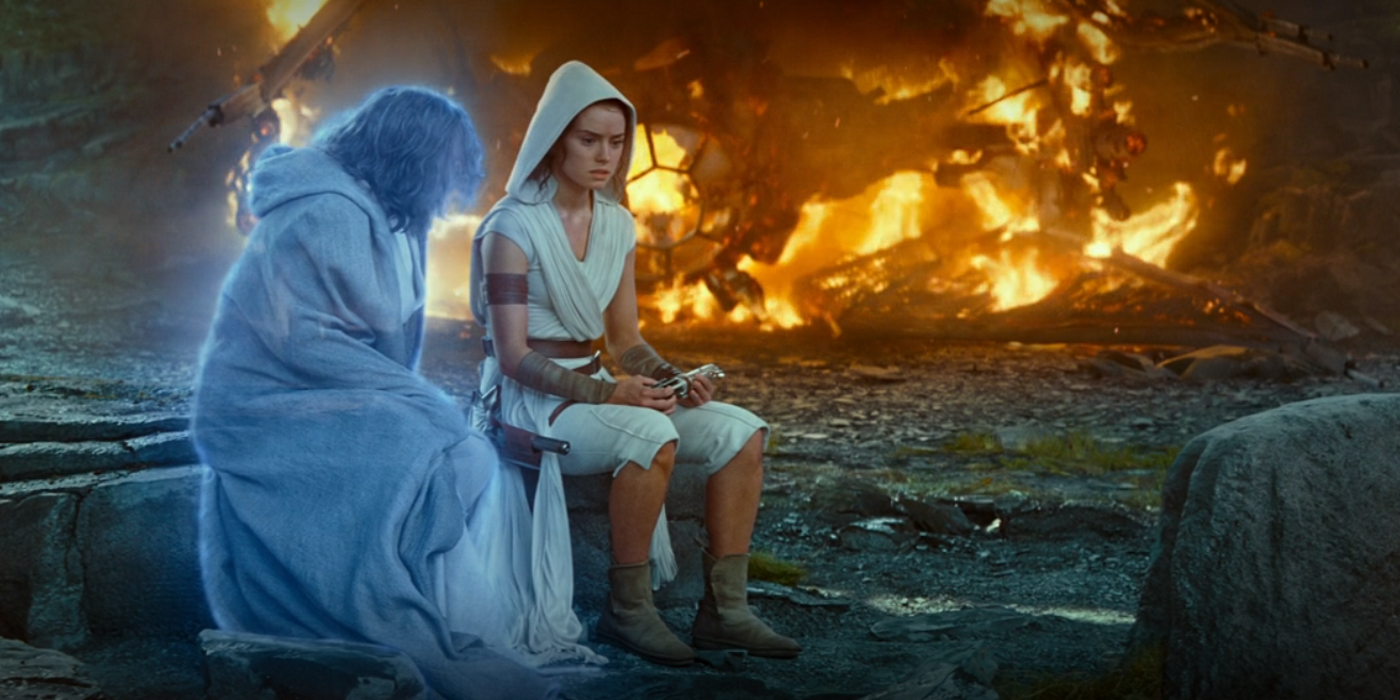By the end of Star Wars: The Rise of Skywalker, the Jedi are seen as heroes of the galaxy. Backed up by all the Jedi who had lived before, Rey was able to strike down Darth Sidious once and for all and bring balance to the Force. Yet despite this victory, the Jedi Order's past only shows constant mistakes and questionable ideologies. With the Order being long past its prime, it's time for the Jedi to finally come to an end.
Although an exact number has not been given, it's known that there were over 10,000 Jedi around the time of Star Wars: The Phantom Menace. To keep recruiting more, Jedi sought out Force-sensitive children, even as young as one year old, and brought them back to the Jedi Temple to be raised and trained. Separating children from their parents is already bad enough, but to raise a child with the Jedi ideology for their whole life doesn't give them much chance to think freely.
While the idea of raising Jedi from infancy was forcibly changed after Order 66, one concept that stuck was the idea of no attachment. Telling young Anakin Skywalker that he should have no attachments meant he had to keep his marriage to Padmé a secret, and when he started having visions of her death, he had no one to seek help from other than Palpatine. And then, in Star Wars: Return of the Jedi, Obi-Wan seems adamant that Luke must destroy Darth Vader. But when Luke protests that he can't kill his own father, Obi-Wan replies, "Then the Empire has already won." Yet in the end, it was Luke's attachment to his father that saved both of them, showing the Jedi's views on attachment to be completely wrong.
Even Luke in Star Wars: The Last Jedi points out the many failures of the Jedi, noting that "At the height of their powers, they allowed Darth Sidious to rise, create the Empire, and wipe them out." This is all completely true, as Palpatine not only gained power quickly, but he did it all completely undetected. He stood in the same room as the most powerful Jedi Masters, and not a single one had any notion of him being a Sith Lord.
All of these Jedi failures are what led to the creation of Darth Vader, making him the perfect representation of their mistakes. Luckily, by the final Star Wars movie, most of the Jedi concepts are lost, as Rey is trained at a late age and allowed attachments. But still, the Jedi's core beliefs are there, such as never allowing any anger or negative emotions, which are a natural part of every intelligent being. While it's emphasized that the Jedi keep learning from their failures, it feels like the slate should be wiped clean, and a new order should be built to help train Force-sensitives with fewer restrictions.


